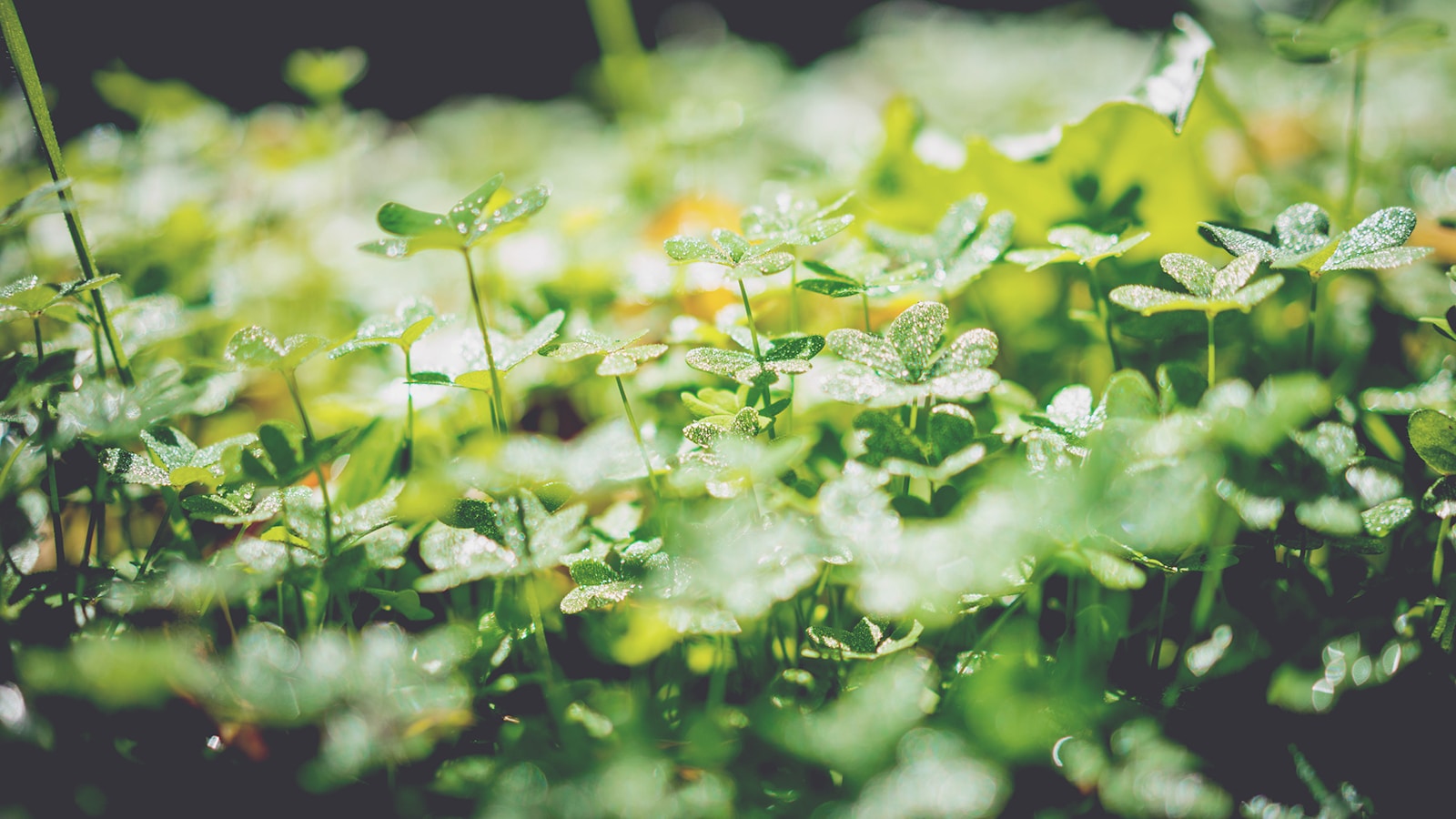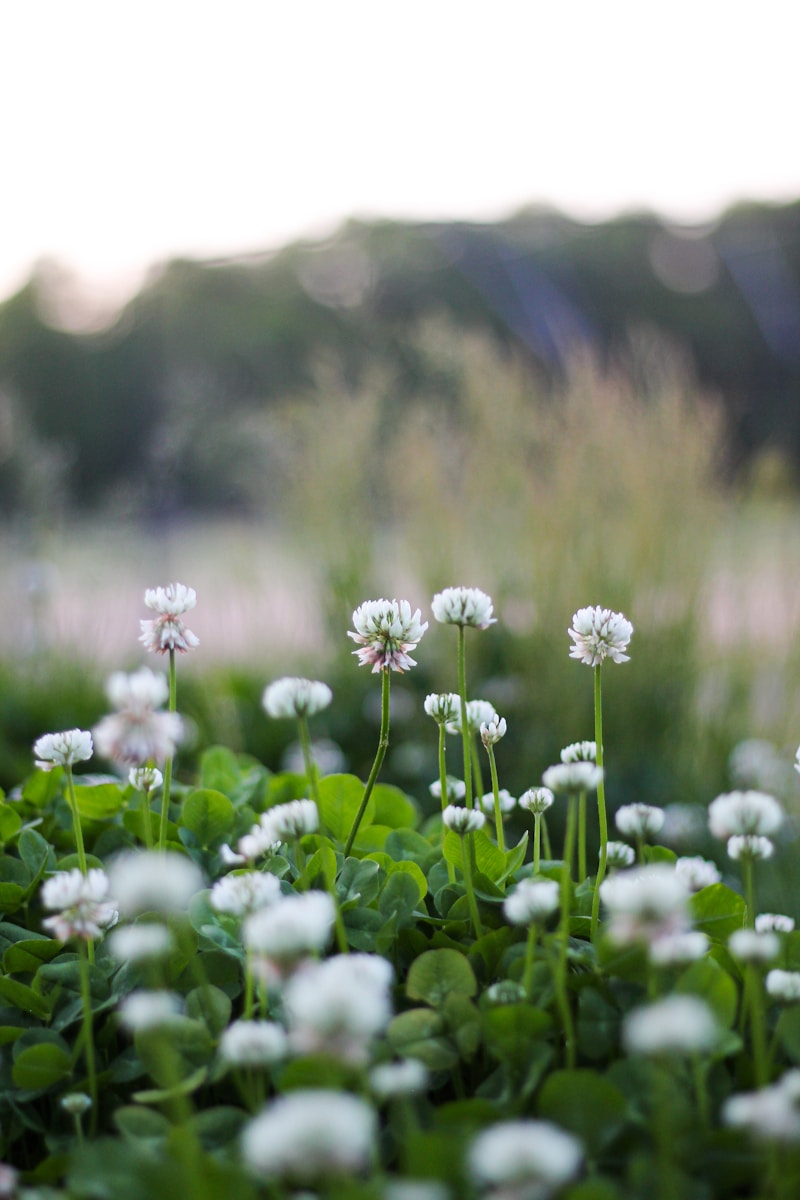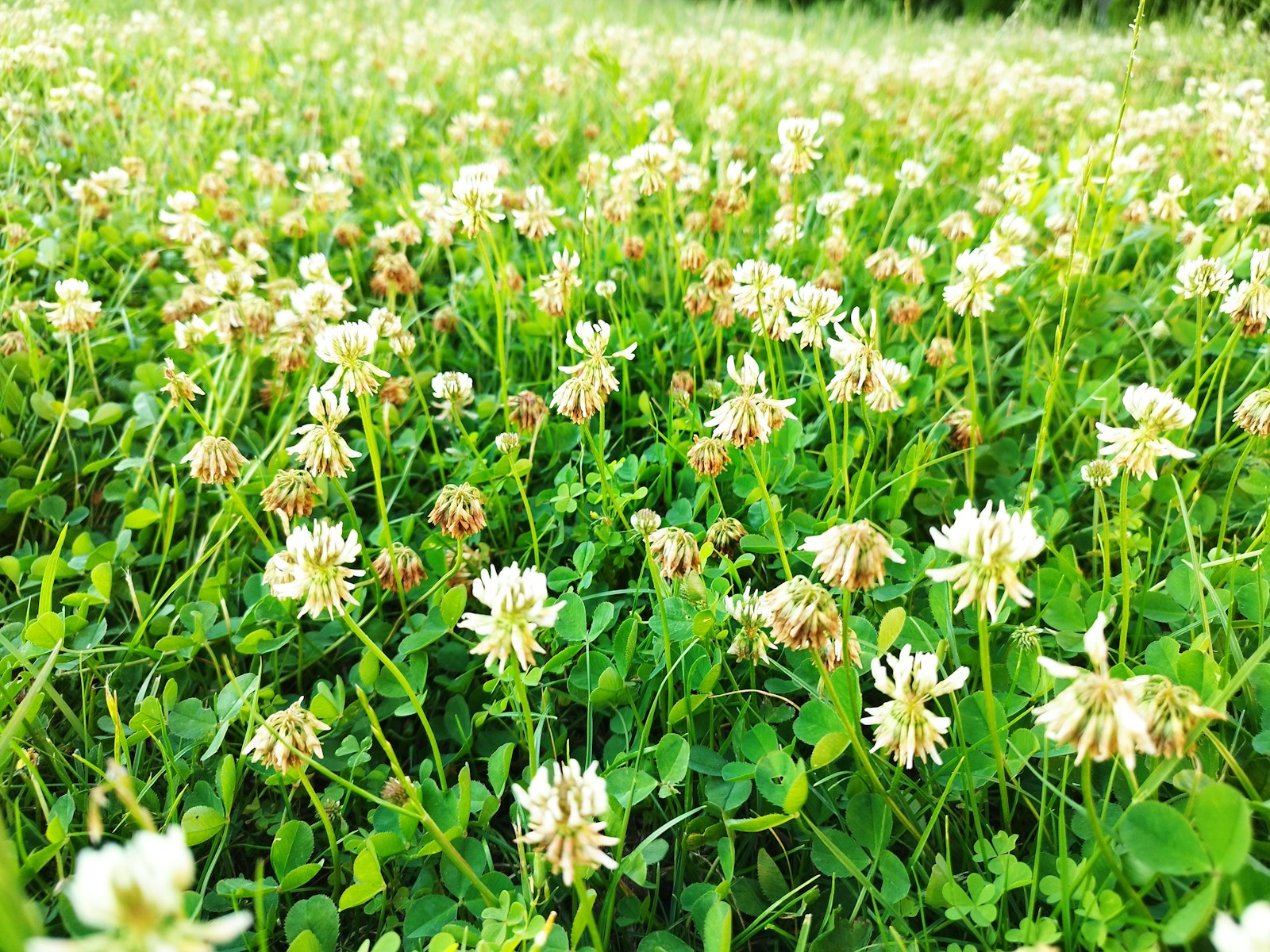Juniper ground cover is a versatile and low-maintenance solution for homeowners looking to enhance their landscapes with evergreen beauty. With its drought tolerance, adaptability to various soil types, and year-round visual appeal, juniper ground cover has become a popular choice for residential and commercial landscaping.
Why Choose Juniper Ground Cover?
Juniper ground cover offers numerous benefits that make it a standout choice compared to other ground cover options:
- Low Maintenance: Requires minimal watering and pruning.
- Drought Tolerance: Thrives in dry conditions, reducing water usage.
- Erosion Control: Helps prevent soil erosion on slopes and hillsides.
- Aesthetic Appeal: Provides lush, green coverage year-round.
- Pest Resistance: Naturally repels many common garden pests.
Best Juniper Varieties for Ground Cover
Choosing the right juniper variety is essential for achieving your landscaping goals. Here are some of the best options:
1. Blue Rug Juniper (Juniperus horizontalis ‘Wiltonii’)
- Low-growing with silvery-blue foliage.
- Ideal for slopes and rock gardens.
- Spreads up to 8 feet wide.
2. Creeping Juniper (Juniperus horizontalis)
- Hardy and adaptable to various climates.
- Offers dense, trailing foliage.
- Great for erosion control.
3. Shore Juniper (Juniperus conferta)
- Tolerates salt spray, making it ideal for coastal areas.
- Provides soft-textured, needle-like foliage.
- Excellent for sandy soils.
4. Dwarf Japanese Garden Juniper (Juniperus procumbens ‘Nana’)
- Compact and slow-growing.
- Suitable for small spaces and container gardening.
- Forms a dense, low mat of greenery.
Planting Juniper Ground Cover: Step-by-Step Guide
Follow these steps to successfully plant juniper ground cover in your landscape:
- Choose the Right Location:
- Full sun exposure (at least 6 hours per day).
- Well-drained soil to prevent root rot.
- Prepare the Soil:
- Test soil pH (ideal range: 5.0-7.0).
- Amend with organic matter if necessary.
- Planting:
- Dig holes twice as wide as the root ball.
- Space plants 2-4 feet apart for even coverage.
- Watering:
- Water deeply after planting.
- Reduce frequency once established.
- Mulching:
- Apply a 2-inch layer of mulch to retain moisture.
- Keep mulch away from the plant base to prevent rot.
Juniper Ground Cover Maintenance Tips
Although low-maintenance, proper care ensures healthy growth and longevity:
- Watering: Only during prolonged droughts.
- Pruning: Trim dead or overgrown branches annually.
- Fertilization: Apply a balanced fertilizer in early spring.
- Weed Control: Use landscape fabric to minimize weed growth.
Pros and Cons of Juniper Ground Cover
Pros:
- Drought-resistant and low-water requirements.
- Provides excellent ground coverage and erosion control.
- Evergreen foliage offers year-round appeal.
Cons:
- Can spread aggressively if not maintained.
- Prone to fungal diseases in humid climates.
- May not thrive in heavily shaded areas.
Common Issues and Solutions
1. Brown Patches
- Cause: Overwatering or poor drainage.
- Solution: Improve soil drainage and reduce watering frequency.
2. Fungal Diseases
- Cause: Excess moisture and poor air circulation.
- Solution: Space plants properly and use fungicides as needed.
3. Pest Infestation
- Cause: Spider mites or scale insects.
- Solution: Use horticultural oils or insecticidal soap.
Juniper vs. Other Ground Cover Plants
| Feature | Juniper | Ivy | Creeping Thyme | Sedum |
|---|---|---|---|---|
| Maintenance | Low | Moderate | Low | Low |
| Drought Tolerance | High | Low | Moderate | High |
| Growth Rate | Moderate | Fast | Moderate | Slow |
| Erosion Control | Excellent | Moderate | Moderate | Moderate |
| Aesthetic Appeal | Year-round greenery | Seasonal interest | Seasonal blooms | Succulent texture |
Environmental Impact and Sustainability
Juniper ground cover contributes positively to the environment by:
- Reducing soil erosion and runoff.
- Providing habitat for beneficial insects.
- Lowering landscape water consumption.
However, ensure responsible planting to avoid invasive spread in sensitive ecosystems.
Final Thoughts
Juniper ground cover is an excellent landscaping choice for homeowners seeking a low-maintenance, drought-tolerant, and visually appealing solution. With various varieties to choose from and straightforward care requirements, it’s a practical addition to any outdoor space.



